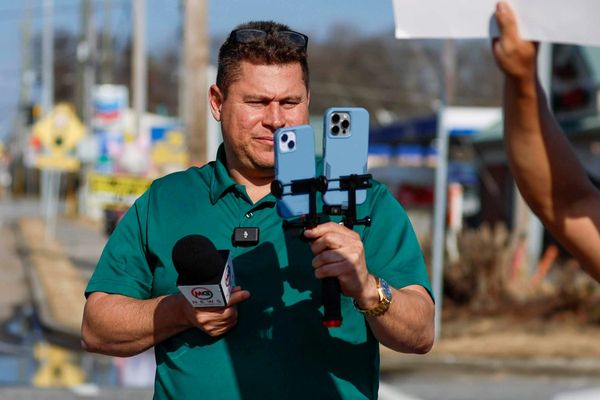
Idaho has announced plans to use central veins deep in the groin, neck, chest, or arm for executions by lethal injection if standard IV lines fail. This decision comes after a failed execution attempt in February, where the execution team was unable to establish a peripheral IV line for the condemned individual.
The failed attempt prompted the state to renovate its execution chamber to accommodate the insertion of central venous lines. This method involves threading a catheter through deep veins until it reaches a location near the heart.
While the use of central lines for lethal injections appears to be uncommon, Idaho's new policy will allow media witnesses to observe the insertion process through a closed-circuit camera system.
Standard peripheral IV lines are typically easier to establish and are commonly used by healthcare professionals. In contrast, central venous catheters require a more complex procedure and must be inserted by a doctor due to the risks involved.
Central venous catheters are usually reserved for patients who require medication that cannot be injected into smaller veins or need long-term nutritional support through their veins.
Idaho Governor Brad Little signed a law last year allowing the use of a firing squad as an alternative method of execution when lethal injection is not available. However, the construction of a firing squad facility is expected to be a costly and time-consuming process.







